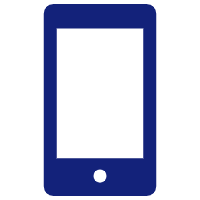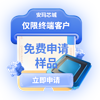 +86 18038161406
+86 18038161406
QFN Packages: Basics and Common Component Part Number
The QFN package is a widely used type of IC package with unique features and advantages. In this article, we will introduce you to the basics of QFN packages and list some common component part numbers that use QFN packages.

Package Appearance and Structure: QFN packages are usually rectangular or square in shape with no exposed pins. It uses metal pads or solder joints on the bottom to connect the package to the solder joints on the board.
Pin Arrangement: The pin arrangement of a QFN package is two-dimensional and is located on the bottom surface of the package. A peripheral solder area is used to connect the package to the board.
Examples of Common Component Part Numbers: The following are some common component part numbers for QFN packages:
Microcontrollers: such as the STM32F401VC.
RF devices: such as the RF5216H433M.
Power management chips: e.g. TPS65130.
Sensors: e.g. BMP280.
Advantages:
Small size and high integration: QFN packages are relatively small for size-critical applications.
Good thermal performance: Bottom solder joints help dissipate heat and improve circuit component stability.
Low inductance and capacitance: Reduces delay and distortion in signal transmission.
Applications: QFN packages are used in a wide variety of electronic devices, including mobile devices, communication devices, medical devices, and industrial controls.
Soldering techniques: QFN packages are typically soldered using techniques such as reflow ovens, hot air ovens, or laser soldering, which require precise temperature and time control.
This article gives you a better understanding of the basics of QFN packages, as well as some of the common component part numbers in QFN packages. In practice, choosing the right part number requires consideration of a number of factors, such as performance requirements, size constraints, and cost. We hope this article will provide you with useful information in your electronic design and selection process.








